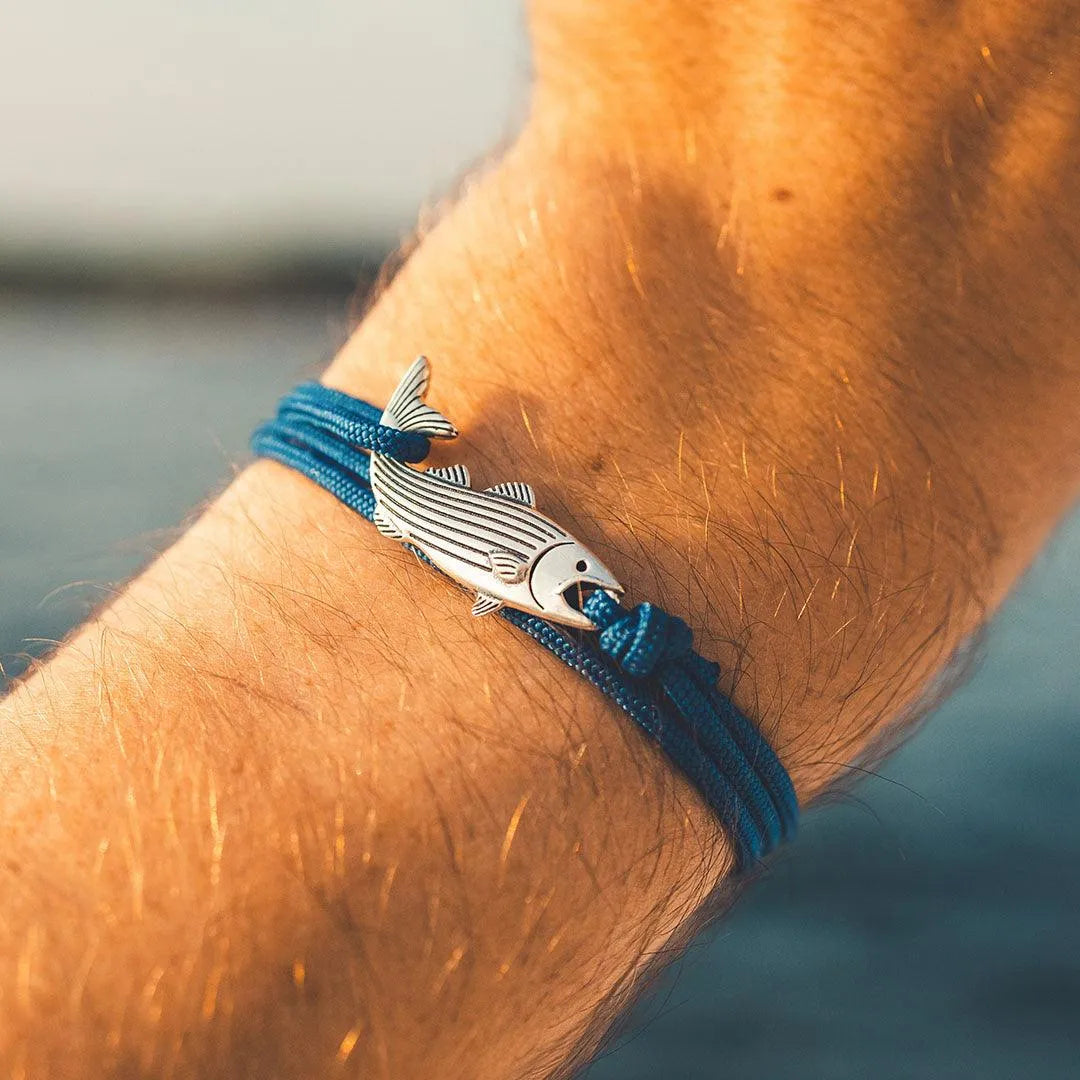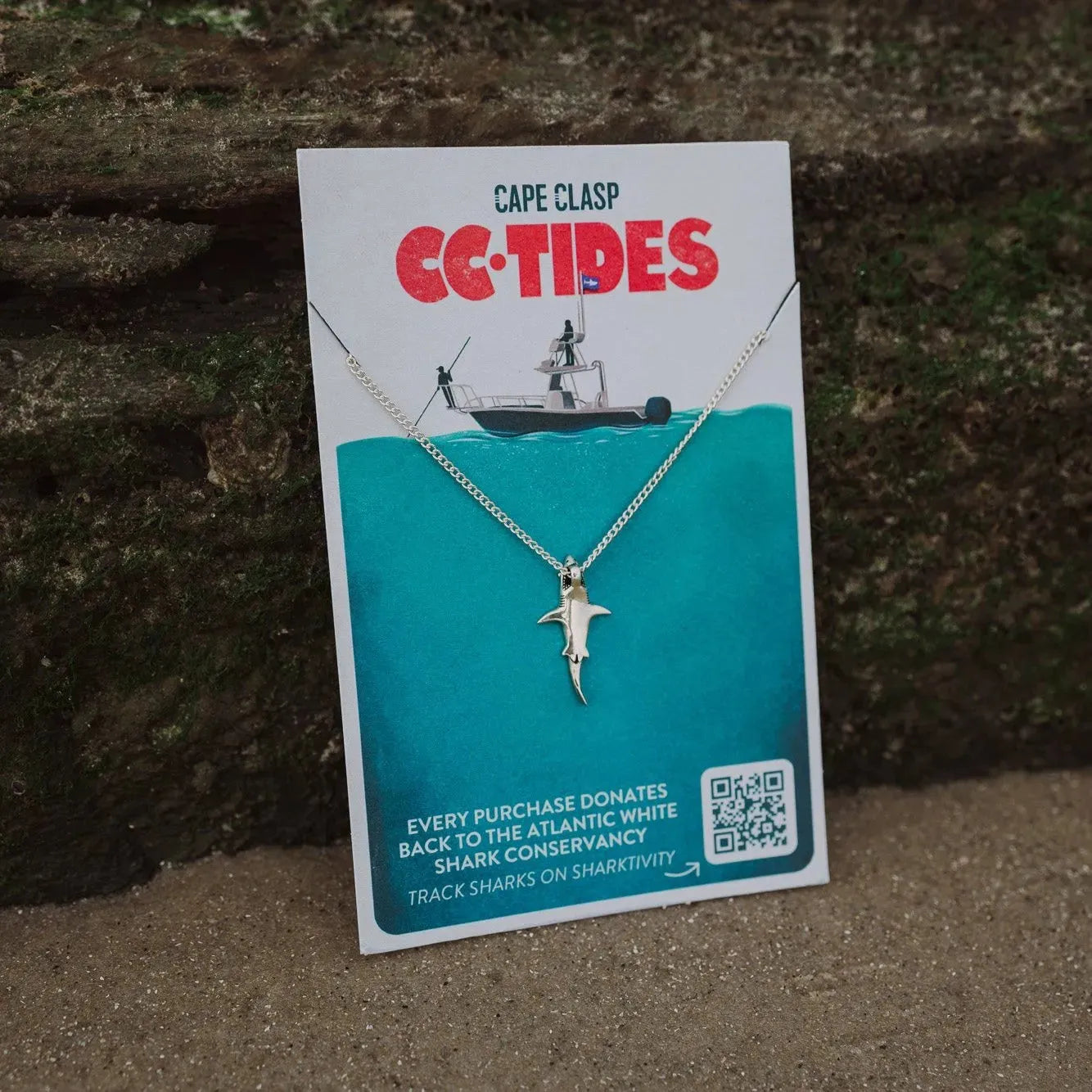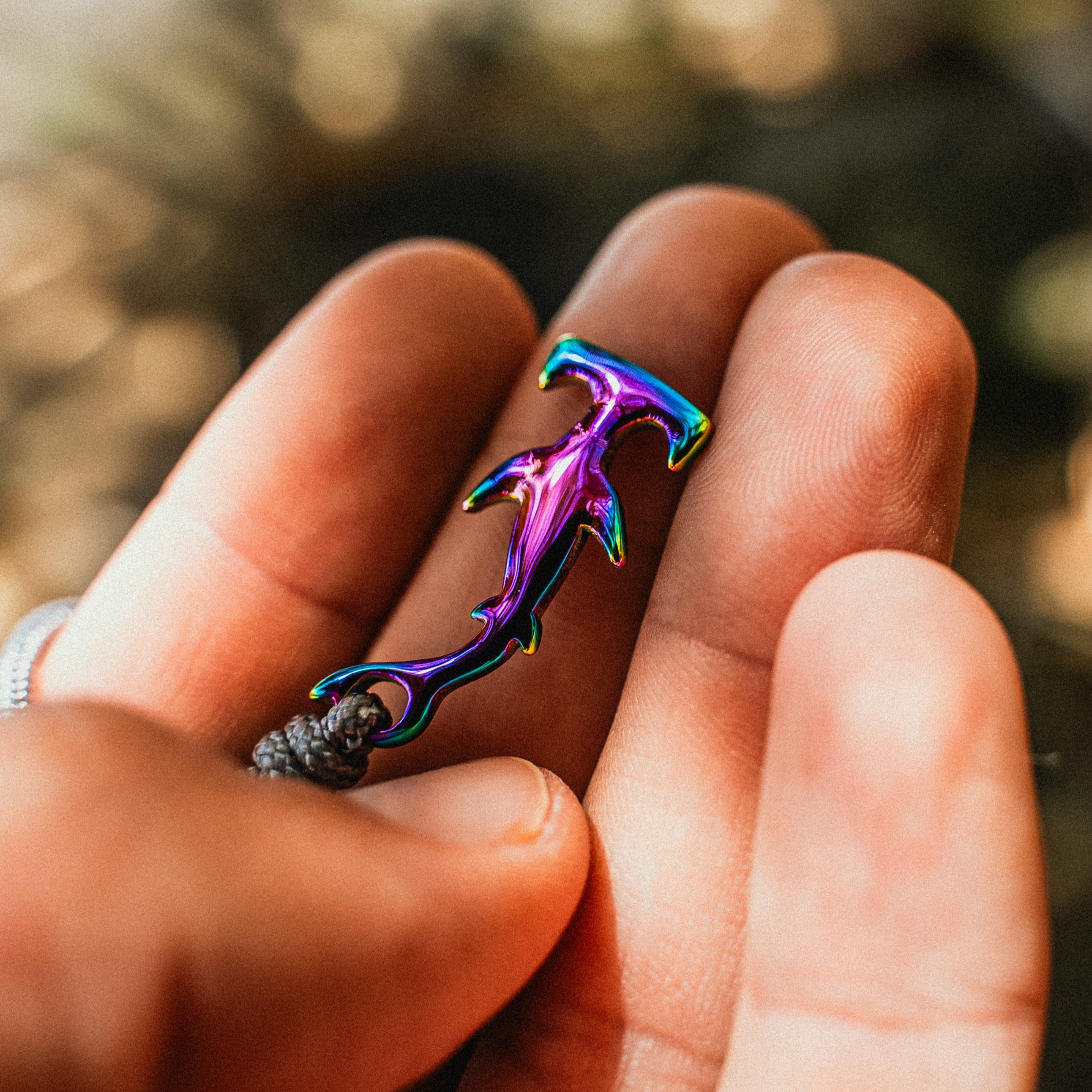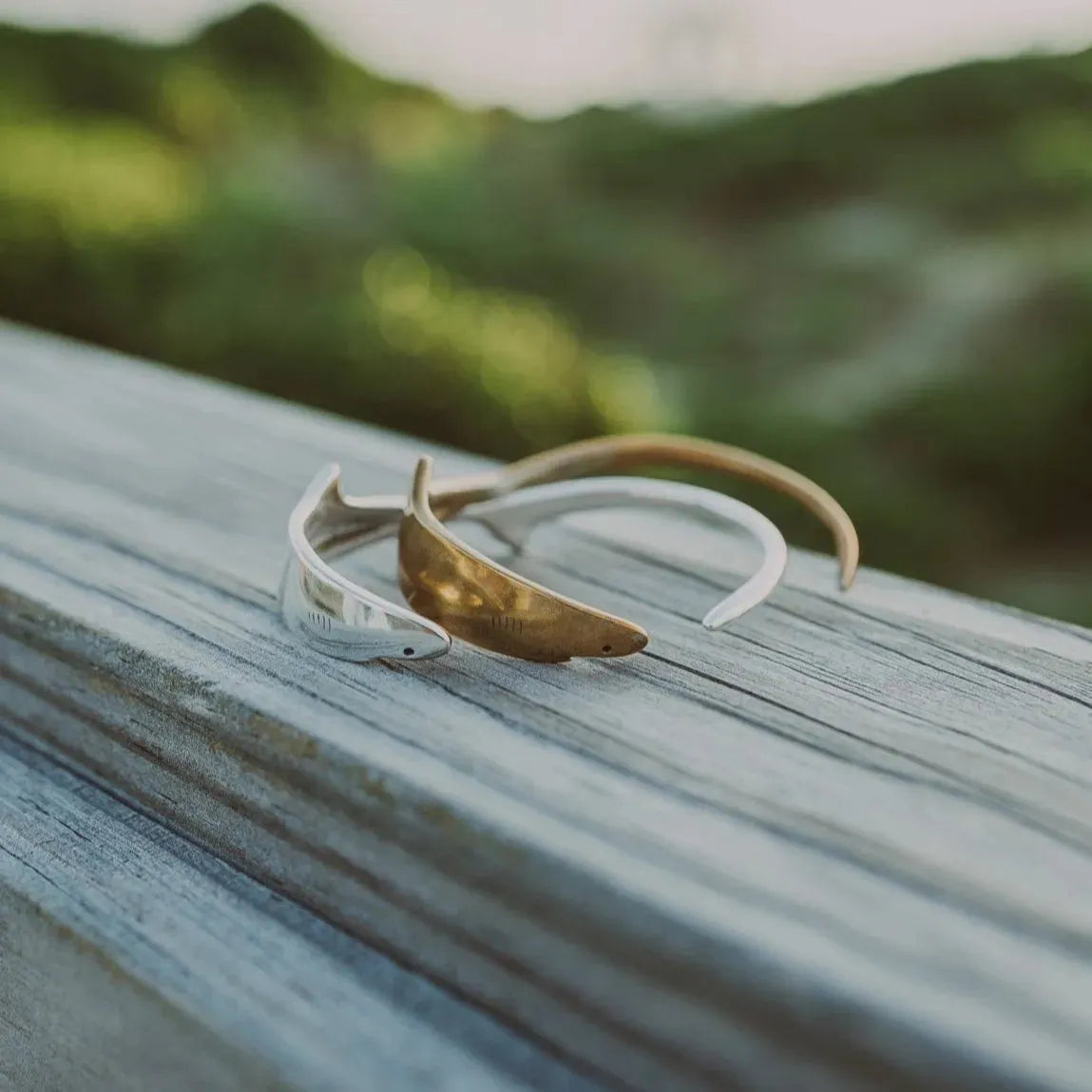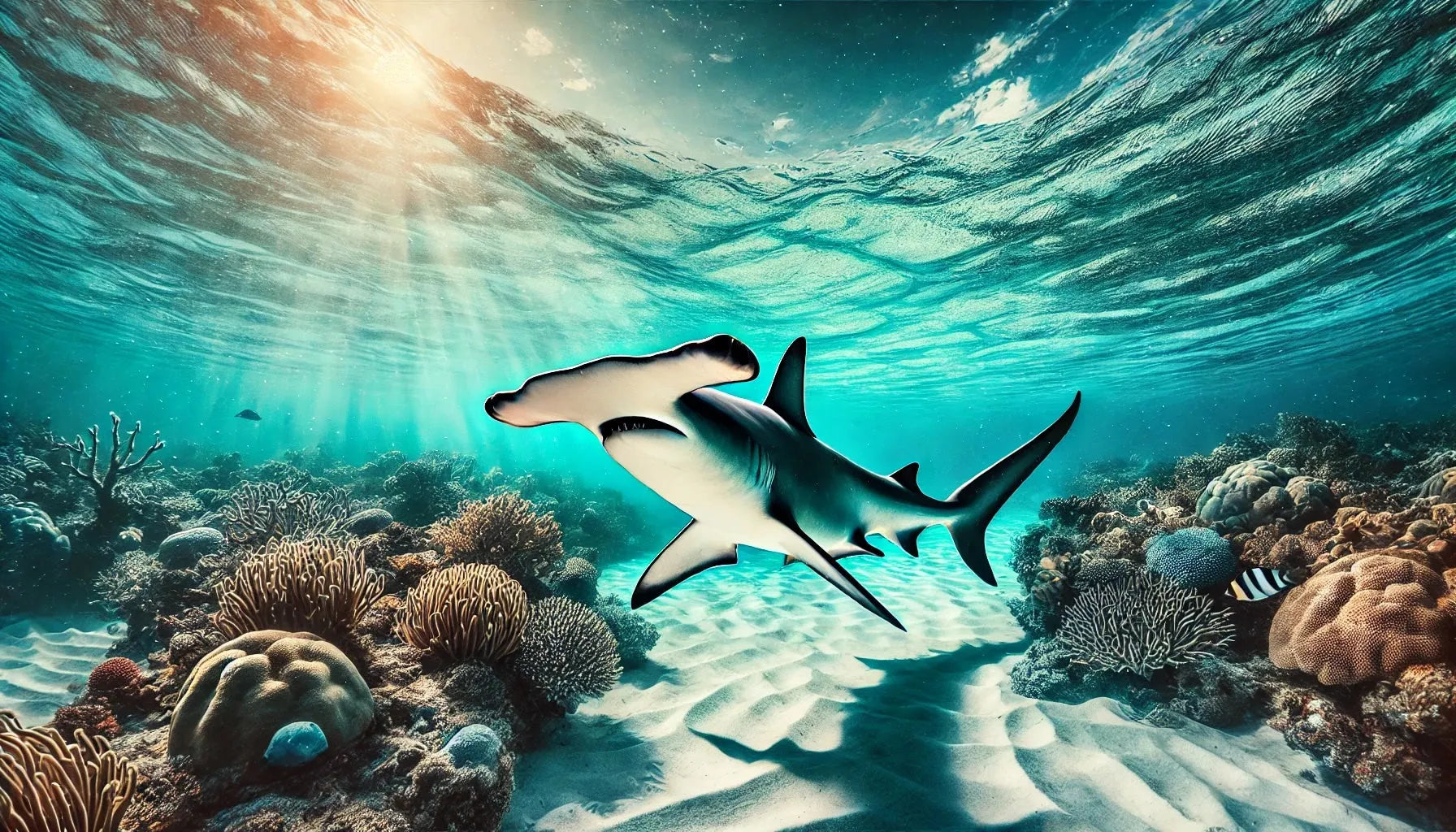
How often do hammerhead sharks attack people?
When we think of sharks, it's natural for our minds to jump to scenes from the movie Jaws—a relentless predator attacking unsuspecting swimmers. However, the reality of shark behavior is often far less dramatic. Hammerhead sharks, with their distinctive, wide, hammer-shaped heads, are one of the most fascinating species in the ocean. But how dangerous are they to humans? And how often do hammerhead sharks actually attack people? Let’s dive into these questions, separating fact from fiction when it comes to these unique ocean dwellers.
What Are Hammerhead Sharks?
Before we get into their behavior toward humans, let’s talk about hammerhead sharks themselves. These sharks belong to the family Sphyrnidae, with the most famous species being the Great Hammerhead (Sphyrna mokarran), the Scalloped Hammerhead (Sphyrna lewini), and the Smooth Hammerhead (Sphyrna zygaena). Hammerheads are known for their unusual head shape, which enhances their ability to detect prey through electroreception—allowing them to sense the electric fields generated by other animals.
Hammerhead sharks can be found in warm, tropical waters around the world. They are commonly seen near coastlines and coral reefs, where they hunt for food, which includes a diet of stingrays, squid, octopus, smaller fish, and sometimes other sharks.

Hammerhead Shark Behavior
While hammerhead sharks may look intimidating with their large, flat heads and sharp teeth, their behavior is not as aggressive as you might think. These sharks are usually shy and non-confrontational, preferring to avoid human interaction when possible.
In fact, hammerheads are often more curious about humans than they are dangerous. They may swim closer to divers to investigate, but that doesn't necessarily mean they are looking for prey. More often than not, they are simply assessing their environment and will swim away once their curiosity is satisfied.
Types of Hammerhead Sharks
It’s important to recognize that there are several species of hammerhead sharks, and each one has different characteristics and behaviors. Here’s a look at a few:
- Great Hammerhead: This is the largest species, growing up to 20 feet in length. Great Hammerheads can be found in coastal regions and are solitary hunters. Although they may appear more intimidating due to their size, they are rarely a threat to humans.
- Scalloped Hammerhead: Slightly smaller than the Great Hammerhead, this species has a “scalloped” edge to the front of its head. They are more social and often form schools, especially during migration. Scalloped hammerheads are often seen in large groups, which can be an awe-inspiring sight for divers.
- Smooth Hammerhead: This species is found in cooler waters compared to other hammerheads. The Smooth Hammerhead is generally more timid and avoids humans whenever possible.
Each species of hammerhead behaves differently, and while some are more social, none of them are known to seek out human prey.

Hammerhead Shark Attacks on Humans
Now to answer the burning question: How often do hammerhead sharks attack people? The good news is that hammerhead shark attacks on humans are extremely rare. According to the International Shark Attack File (ISAF), which compiles data on shark attacks worldwide, there have only been 17 recorded unprovoked attacks by hammerhead sharks on humans. Of these, none were fatal.
It’s worth emphasizing that the term "unprovoked" refers to attacks where the shark was not enticed or antagonized by human behavior. Most encounters between humans and hammerheads are either uneventful or result in the shark swimming away after a brief moment of curiosity.
Why Don’t Hammerheads Attack Humans More Often?
There are several reasons why hammerhead sharks don't attack humans frequently:
- Diet: Hammerheads prefer a diet of stingrays, smaller fish, and crustaceans—prey that is much easier to catch and more suited to their hunting style. Humans simply don’t resemble the type of prey they are looking for, and a human in the water doesn’t trigger their predatory instincts.
- Habitat: While hammerheads can be found near coastlines, they tend to prefer deeper waters, particularly around coral reefs. Humans typically swim or dive in shallower waters, where hammerheads are less likely to hunt.
- Shy Nature: Despite their size and appearance, hammerheads are relatively shy animals. They are more likely to avoid a human encounter than to engage in aggressive behavior. Many reported shark “attacks” on divers involving hammerheads are actually cases of the sharks getting too curious and bumping into the diver rather than attacking.
Human Interaction with Hammerhead Sharks
One of the most frequent places where humans encounter hammerhead sharks is during scuba diving trips. Many divers seek out opportunities to swim with these magnificent creatures, especially in areas like the Galápagos Islands, the Bahamas, and Cocos Island in Costa Rica, where large schools of hammerheads are commonly found.
In these cases, divers are rarely at risk of being attacked. Hammerhead sharks are generally uninterested in divers and will swim away if they feel threatened. Of course, it’s always important to follow safe diving practices and avoid any actions that might provoke the shark, such as sudden movements or trying to touch or feed them.

When Do Shark Attacks Happen?
Although hammerhead shark attacks on humans are extremely rare, it's essential to know the general conditions under which shark attacks (by any species) are more likely to happen. Shark attacks are more probable during the following scenarios:
- Feeding Time: Sharks are more active during dawn and dusk, which are prime feeding times. Humans swimming during these hours may be at a higher risk of encountering sharks looking for food.
- Murky Waters: Sharks rely on their keen senses to detect prey, but murky waters can lead to confusion. In low-visibility conditions, a shark might mistake a human for its regular prey.
- Shiny Objects: Hammerhead sharks, like other sharks, are attracted to shiny objects because they resemble fish scales glinting in the sunlight. Avoid wearing jewelry or other reflective items when swimming in shark habitats.
- Splashing: Excessive splashing can also attract sharks. To a shark, the splashing may resemble an injured fish, which they are programmed to target.
How to Stay Safe Around Hammerhead Sharks
If you’re planning on diving or swimming in areas where hammerhead sharks are present, there are several precautions you can take to stay safe:
- Stay Calm: Sharks are less likely to approach a calm, still swimmer. Avoid panicking or splashing if you spot a shark nearby.
- Respect Their Space: Hammerhead sharks, like all wildlife, deserve their space. If you encounter one, don’t try to approach or touch it.
- Dive in Groups: Sharks are less likely to approach large groups of people. If you’re diving or snorkeling, stay with your group to reduce the risk of an encounter.
- Follow Local Advice: Always pay attention to local warnings and guidelines about shark activity in the area.
Hammerhead Sharks and Conservation
While hammerheads are not a significant threat to humans, humans are a significant threat to hammerheads. These sharks are often targeted for their fins, used in shark fin soup, and their populations are in decline due to overfishing and habitat destruction. Many species of hammerheads are now listed as endangered or vulnerable by the International Union for Conservation of Nature (IUCN).
Conclusion
So, how often do hammerhead sharks attack people? In short, hardly ever. While they may look intimidating, these sharks are not naturally aggressive toward humans and prefer to avoid conflict whenever possible. As long as humans respect their space and habitat, hammerheads pose little threat. By understanding their behavior and the risks associated with swimming or diving in their environment, we can safely share the ocean with these fascinating creatures.
Support our hammerhead friends with a purchase of the Bronze or Silver Hammerhead Shark Clasp or Hammerhead Ring. 15% of proceeds go back to our friends over at the Nakawe Project.


